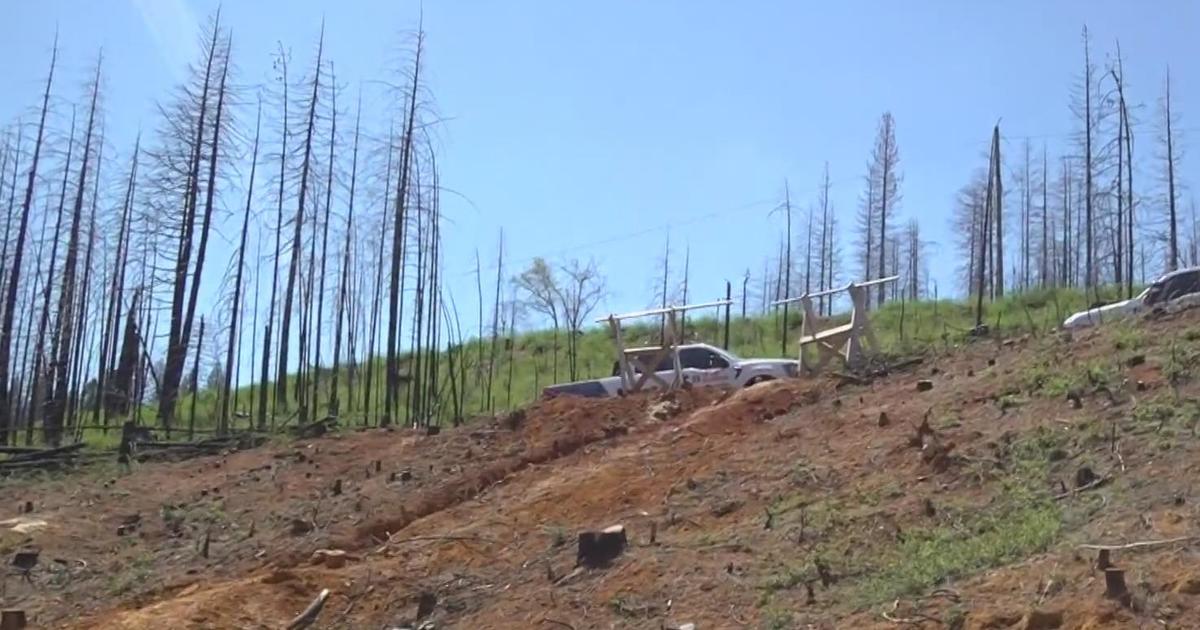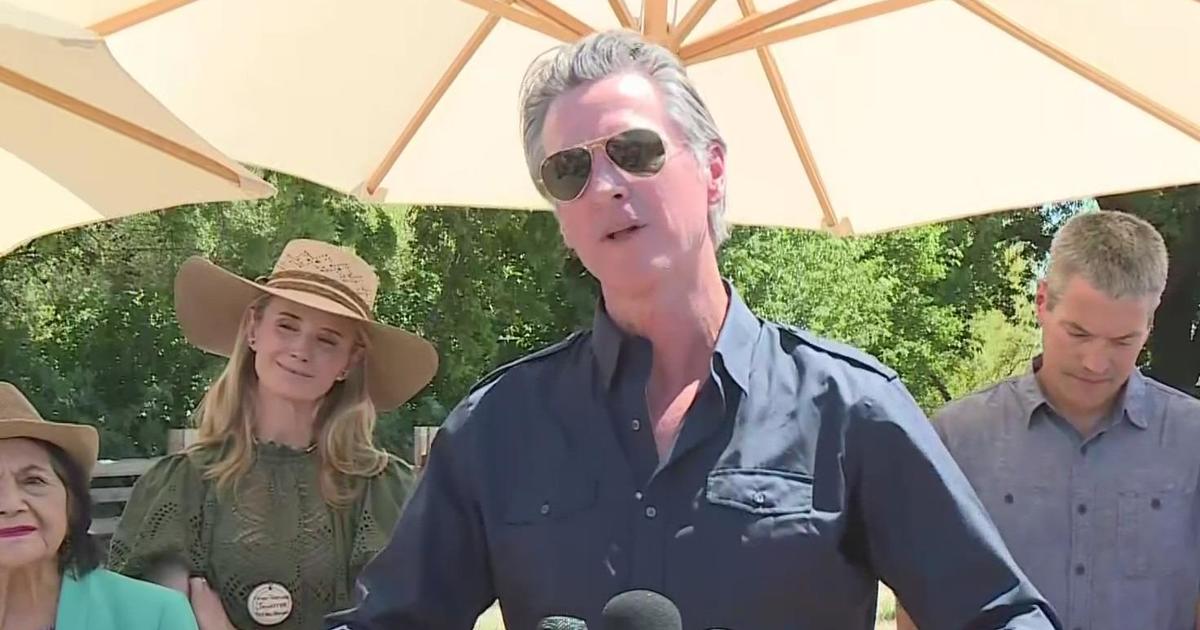Artemis I will deliver the first biology experiment to deep space
When NASA's Artemis I launches next week on a journey to the moon, no animals or people will be onboard, but it will still carry biology investigations to see how living things react to the deep space environment. The Orion spacecraft will carry items like yeast, algae, fungi and seeds rather than a traditional crew.
The findings from these experiments are essential in helping to pave a path toward the safe return of humans to the moon and an eventual crewed landing on Mars through future Artemis missions.
The Artemis team expects the inaugural mission to launch between 8:33 a.m. ET and 10:33 a.m. ET on Monday, August 29. After liftoff, the Orion spacecraft will set off on a 42-day journey, traveling farther beyond the moon than any spacecraft ever intended to carry humans has ventured, including the Apollo missions.
Experiments traveling with Orion, both inside and outside of the spacecraft, will be exposed to the radiation of the deep space environment that exists beyond low-Earth orbit, where the International Space Station is located.
This includes three mannequins riding inside of Orion. Two of the mannequins are wearing protective gear, including an improved flight suit and a vest. The many sensors attached to the mannequins will capture data on how much vibration and radiation they experience during the trip, among other exposure factors, that could help inform solutions to protect astronauts on upcoming missions.
These are just some of the experiments that will soon take flight on a lunar journey -- and their findings could change the future of space exploration.
Shoebox-size missions in space
Some of the most intriguing payloads tagging along on the Artemis I mission are 10 CubeSats. These small satellites are each about the size of a shoebox, and they carry and test out science and technology demonstrations. Each one weighs about 25 pounds (11 kilograms).
Despite their tiny size, some of the CubeSats will make a big impact by shedding new light on the lunar environment that will help sharpen the design of exploration systems, according to Jacob Bleacher, NASA chief exploration scientist at Goddard Space Flight Center in Greenbelt, Maryland.
Once Orion is in space, the upper stage of the rocket will separate from the spacecraft. When this milestone happens, the CubeSats will set out on their own, each deployed for unique destinations on individual missions that could last from a few days to a couple of years.
Four of the space satellites will focus on the moon, three will analyze radiation, and two serve as technology demonstrations.
And then there's the 10th mini satellite, known as the Near-Earth Asteroid Scout. Developed at NASA's Marshall Space Flight Center in Huntsville, Alabama, this CubeSat will go on a roughly two-year cruise to capture images and study a small asteroid. When NEA Scout eventually reaches its target, it will be 93 million miles (150 million kilometers) from Earth -- and the first CubeSat to reach an asteroid.
A solar sail that measures 925 square feet (86 square meters) in area will propel the CubeSat. The thin reflective sail, which resembles aluminum foil, will test the sail as a primary propulsion system in deep space.
The four lunar-bound CubeSats are named Lunar IceCube, LunaH-Map, LunIR and OMOTENASHI.
Lunar IceCube will search for water and other elements in orbit around the moon. LunaH-Map will create high-fidelity maps of the permanently shadowed regions of the lunar south pole, where future Artemis missions intend to land, and detect near-surface hydrogen. And LunIR will capture images of the lunar surface using infrared light, which is invisible to the human eye.
The Japanese Aerospace Exploration Agency developed the OMOTENASHI, or the Outstanding MOon exploration TEchnologies demonstrated by NAno Semi-Hard Impactor experiment. It's considered to be the world's smallest lunar lander.
The tiny spacecraft will test out the technology and maneuvers needed to make a semihard survivable landing on the moon. As OMOTENASHI descends toward the moon, it will make a free fall. Its airbags and shock absorption mechanism serve as buffers to help the satellite survive the fall.
"I often like to say that science is our toolbox for survival during exploration," Bleacher said, noting that these experiments will aid in keeping future crew safe and optimizing hardware durability.
How life reacts to space
An array of sensors within the interior of the Orion spacecraft will detect how much radiation exposure future human crews may face. Capturing this data will allow NASA and its partners to work on the best ways to shield Artemis astronauts.
Inside Orion will be NASA's Biology Experiment-1, which will investigate the impact of radiation on the DNA repair of fungi, the adaptation of yeast, the nutritional value of seeds and the gene expression of algae.
"Each of these four experiments will help us understand a unique aspect of how biological systems can adapt and thrive in deep space," said Sharmila Bhattacharya, NASA program scientist for space biology, in a statement. "Gathering information like this and analyzing it after flight will eventually help us paint the full picture of how we can help humans thrive in deep space."
Traveling outside of Orion will be the CubeSat BioSentinel, developed by NASA's Ames Research Center in Mountain View, California, where Bhattacharya is based. The satellite will carry single-celled yeast to measure what happens when living organisms experience radiation exposure for long periods of time.
BioSentinel will be the first long-duration biology experiment in deep space, according to NASA scientists. Once it swings by the moon, the satellite will orbit the sun for six to nine months.
The yeast cells, which have similar biological mechanisms as seen in human cells, will likely experience radiation damage. The CubeSat's biosensor technology will monitor growth and metabolic activity of the yeast cells throughout the journey.
The impacts experienced by the yeast microorganisms could help scientists better understand what humans may experience when they travel beyond low-Earth orbit.
"BioSentinel is the first of its kind," said Matthew Napoli, BioSentinel project manager at NASA's Ames Research Center, in a statement. "It will carry living organisms farther into space than ever before."



